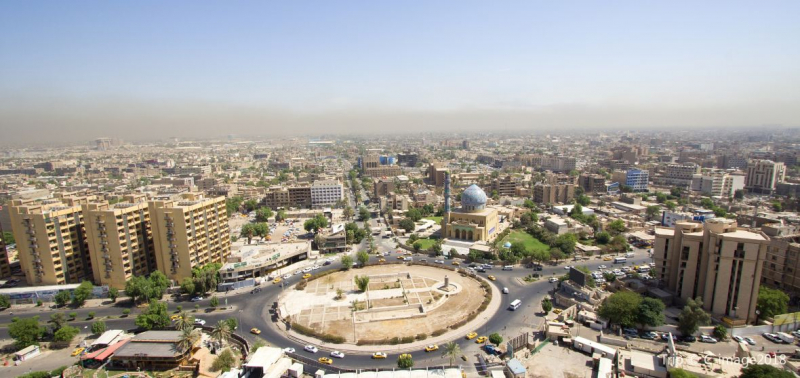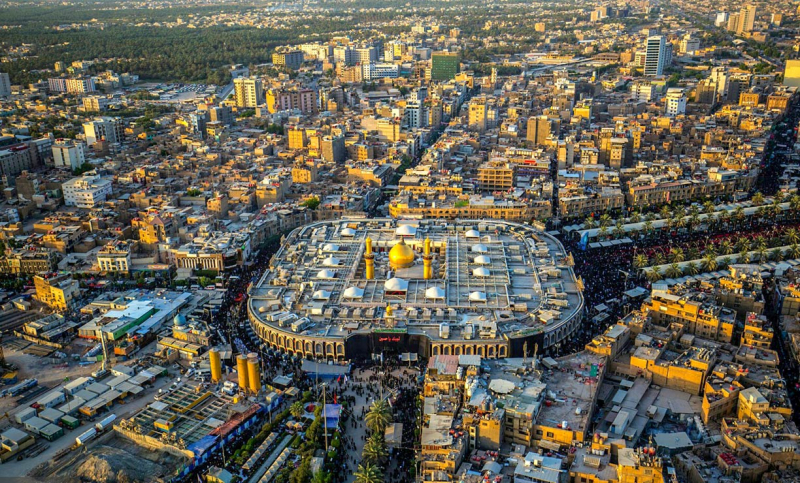Climate
Iraq is divided into two climate provinces, including the hot and arid lowlands and the northeast with high elevation contributes to cooler temperatures. Summer and winter are the two seasons in the lowlands, with short transition periods between them. Summer is defined by clear skies, excessively hot temperatures, and low relative humidity. It lasts from May to October. In July and August, the average daily temperature in Baghdad, Iraq's capital, is around 35°C.
In the south of Iraq, winter brings only rain, and snowfall is uncommon. It lasts almost the entire year, from November to April. Summers in the northeast are shorter than in the lowlands from June to September, and winters are significantly longer. Summers are dry and hot, with an average temperature of 7°C. The region's high terrain and the influence of north-easterly winds bringing continental air from Central Asia can make winters bitterly cold.














